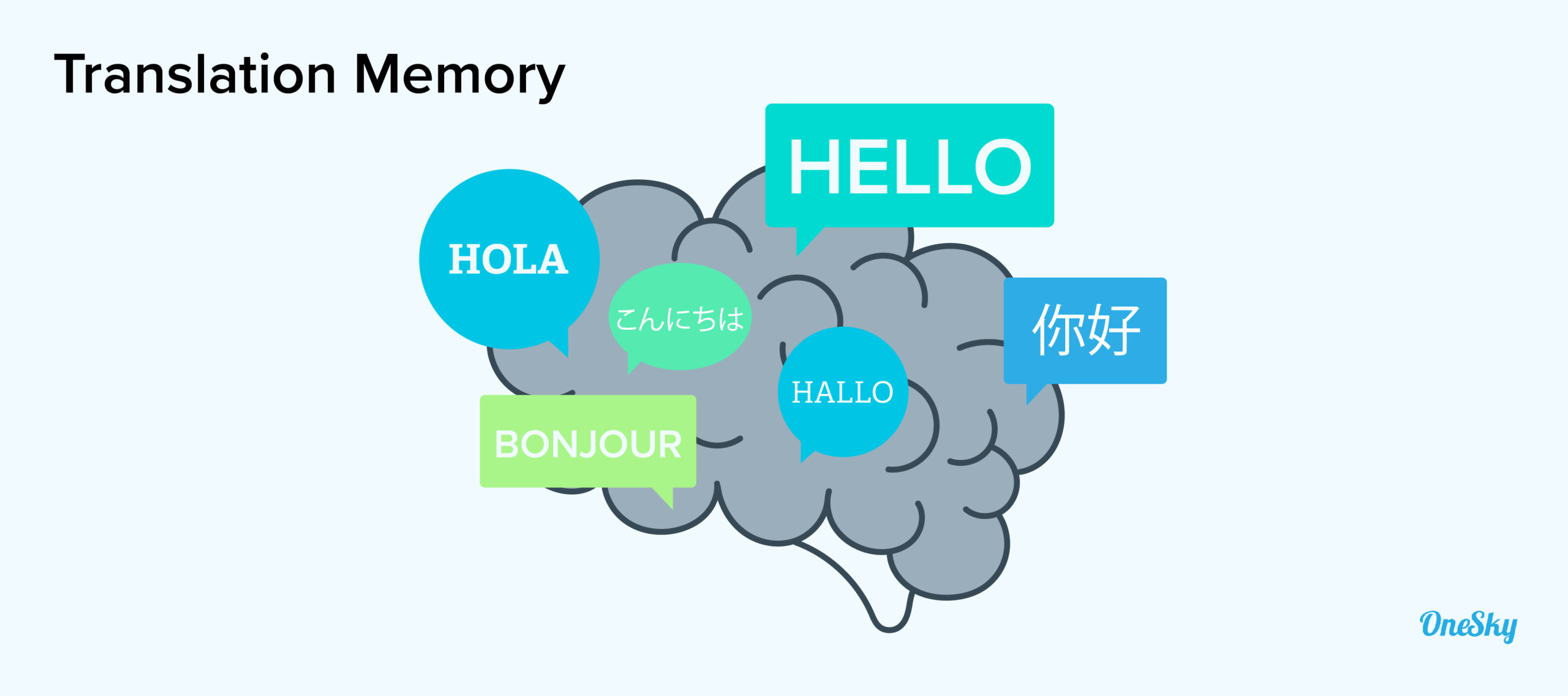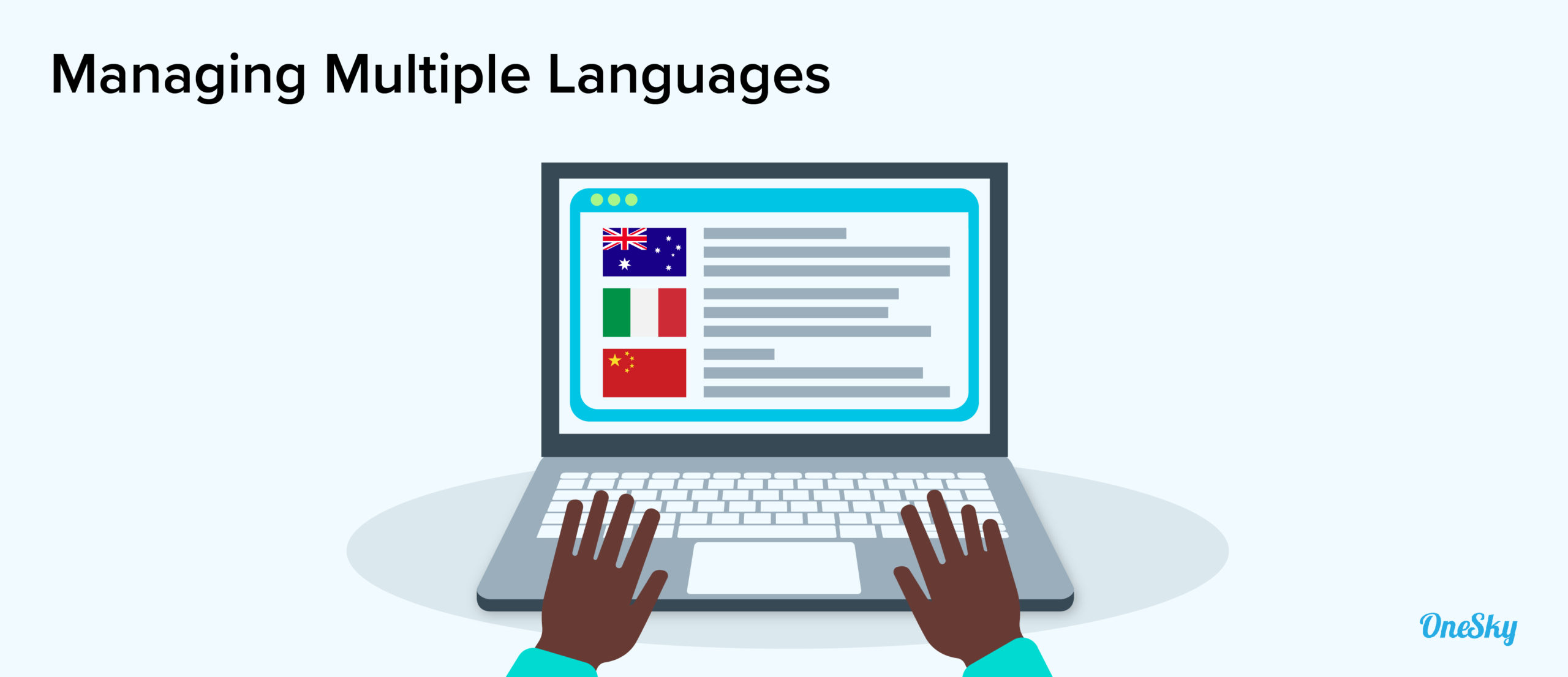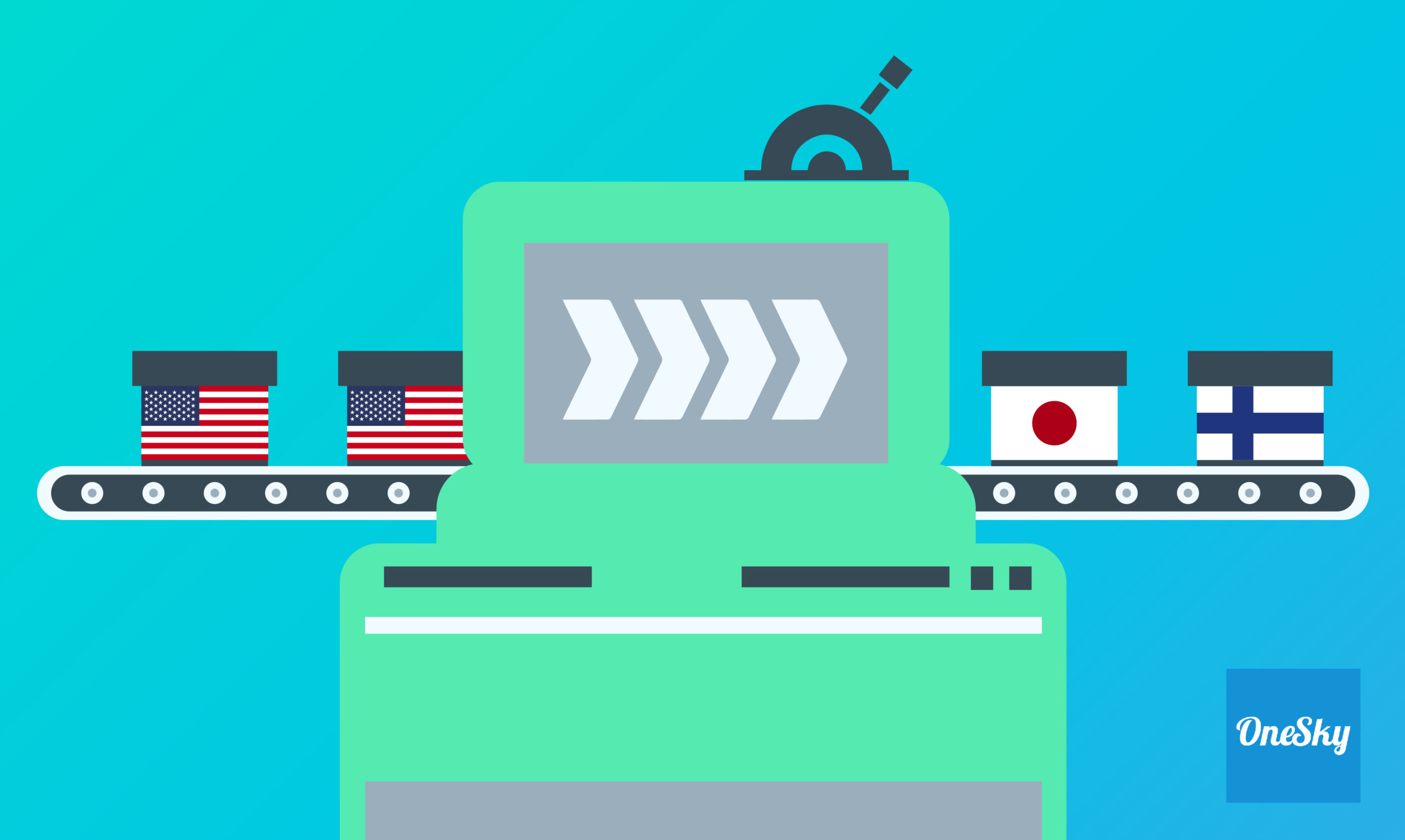Translation Management Systems: 7 Key Benefits for App Localization
Localizing your app for different markets has many potential benefits, such as increased downloads and revenue.
However, localization is not a small project. From extracting the original content to testing your translations, there are many steps to consider. You will also need to repeat the process with each major update.
For this reason, most top developers now use a translation management system (TMS) to handle localization. But what exactly is a TMS and how does it work? We have all the answers you’re looking for.
What Is a Translation Management System (TMS)?
As the name implies, a translation management system is a type of software that helps you take control of app translation and localization.
Most are based in the cloud, and they usually provide a mix of the following features:
- Computer-assisted translation (CAT)
- Access to professional translators
- Project management
- Workflow automation
- Localization QA tools
Basic translation management systems may only provide machine translation and simple workflow automations.
More advanced solutions (such as OneSky) provide all of the features listed above along with extras, such as on-device testing and access to localization specialists.
How Does a Translation Management System Work?
While every solution is slightly different, there is a fairly standard workflow for most TMS platforms. It looks something like this:
- Upload content for translation– Most TMS platforms allow you to import strings and plain text files. Basic services ask you to highlight the sections of content for translation, while more advanced systems can identify strings automatically.
- Work on localization – Depending on which TMS you choose, you can either invite translation professionals to your workspace or hire them directly through the platform. You should work closely with your localization partners throughout the process.
- Integrate translated content – Once your content has been translated, you can integrate it back into your app. The usual method is downloading a version of your original strings or text file, but some platforms also offer integrations and automations.
If your TMS supports testing, this can be added as the fourth and final step in the localization process.

7 Key Benefits of Using a Translation Management System
Hopefully by now you should have a clear understanding of how TMS platforms work and what they are capable of. Next, we’re going to look at what a translation management system can do for your business.
Here are seven ways you can expect to benefit from using a TMS.
1. Save Time With Automation
One major drawback of DIY localization is the time you waste on importing and exporting content. Even with the most basic app, you can find yourself copying and pasting hundreds or thousands of strings.
With a TMS, you can automatically import and export resource files — potentially saving a huge amount of time. Most platforms offer support for popular file formats.
OneSky even has dedicated integrations for most major frameworks, and an API that can pull content straight from your source code.
2. Improved Collaboration and Communication
There are usually multiple people involved with a localization project: developers, designers, translators, and even the marketing team. For the process to run smoothly, they all need to communicate.
Engineers need to inform translators about any trouble plugging text back into the source code. The translators have to be in constant contact with the project manager to verify the quality of their work.
While you could just set up a Slack channel or create an epic email thread, it’s usually easier to share ideas and collaborate in a dedicated workspace. That is exactly what a good TMS provides.
With this kind of platform, everyone can easily add ideas and comments, track progress, and collaborate in real-time.
This is especially helpful when you have translators with different roles in the project — such as a primary translator, a proofreader, and a copywriter.
3. Better Data Protection
Another good reason why you don’t want to use email is security.
Sending potentially sensitive data between several different inboxes leaves you wide open to malicious hackers and cybercriminals. It only takes one of these accounts to be compromised, and you have a serious breach on your hands.
In comparison, a translation management system can provide a safe workspace for all your content. The data is stored on secure cloud servers, and some platforms have access control built in.
4. Easier Project Management
While managers and founders may not be directly involved in localization, they can still benefit from using a TMS.
A good translation management system acts as a streamlined project hub. It centralizes the entire process on a single platform, and lets you track every stage of the translation. Instead of overseeing a tangle of spreadsheets and email attachments, you can actually see and control what is going on.
In addition, most TMS platforms deliver notifications to help keep everyone in the loop.
For example, a TMS can notify translators about newly available content ready for translation, or let an engineer know about new content that needs to be integrated. And better communication means quicker, cheaper, and better translations.
5. Avoid Duplicating Translations
Every time you update your app with new features, there is a good chance you will add content that needs translating. In some cases, there may be an overlap with older content that is already present in your app.
A good TMS can help you avoid wasting time and money on duplicated transitions. Most platforms can even find duplication in previously translated content, meaning you can easily delete the unnecessary clutter and save some storage space.
6. Reuse Translated Content on Multiple Platforms
There is a good chance that some of the content within your app isn’t exclusive to one platform. Unless you want to spend your life copy-pasting, you need to have a localization workflow that can distribute translated content to any channel.
That is where the translation memory of your TMS comes in. This is essentially an organized library of all the content you have ever translated. Having a centralized database like this allows you to reuse and repurpose content with minimal effort.

For instance, you can easily take translated content from your Android app to integrate it into an iOS app or your website. It can even work as a source for localized product descriptions and other marketing materials.
Like deduplication, translation memory can save you a lot of time and money.
7. Straightforward Testing and QA
Testing is a vital part of localization. Before you go live, you need to ensure that your translations are accurate and that they play nicely with your interface.
Many translation management systems have built-in quality assurance features. Translators get access to a glossary of key terms and other reference materials, while developers can utilize placeholder validation and character limits on translated text.
The most advanced platforms can also help you with on-device testing. This can flag up problems caused by changing the text within your app, and testers are able to appraise translations in context.
Is Your Business Ready for a Translation Management System?
Most tasks in life are made easier when you use the right tools. When it comes to app localization, it’s clear that translation management systems provide the best possible workflow.
The question is, do you really need one?
If you recognize any of the following trends in your business, the answer is probably yes.
Your Business Creates a Lot of Content
This is perhaps the most obvious reason to invest in a translation management system. While some apps remain largely unchanged for months at a time, others have live news and constant updates.
If your app falls into the latter category, using a TMS is essential unless you want to find yourself swamped with translations.
You Want to Localize for Several Different Markets
While it’s possible to handle one or two localizations through DIY methods, organization will quickly become a nightmare once you add more languages.
Take Netflix as an example. This app allows users to browse and watch content in 20 different languages. That means 20 different versions of every TV show and movie listing, every support article, every interface element, and so on.

To have a chance of managing even half this number of languages, using a TMS becomes essential.
You Ask a Bilingual Employee to Handle Translations
This is an acceptable practice for a bootstrapped startup with zero resources. Otherwise, you really should be investing in professional translation.
Pairing localization experts with a good TMS can help you succeed faster in new markets, while avoiding embarrassing errors.
Users Complain About Your Current Translations
Whether it’s the mistakes of an under-qualified employee or some other low-quality source of translation — complaints tell you that something is going wrong.
Mistakes look unprofessional, and they can even cause offense. Under all circumstances, they will damage your brand.
With a translation management system, you can build a solid workflow that includes professional localization and quality assurance.
Get Started With a TMS Today
Did you match any of those criteria? If so, you might want to try OneSky.
This translation management system provides an end-to-end localization solution for app developers. Through the platform you can access professional translation in over 50 languages, and automations that will supercharge your technical workflow.
Sign up free today to give it a try!



 Written by -
Written by - 


 Written by
Written by 


